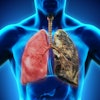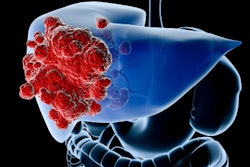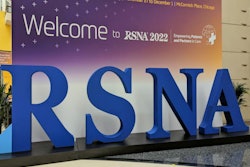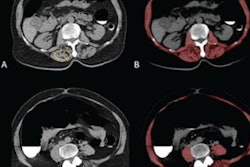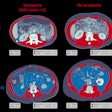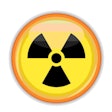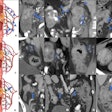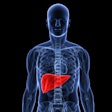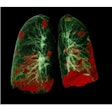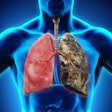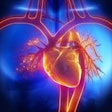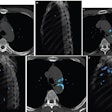Abdominal CT shows promise for the opportunistic diagnosis of sarcopenia, a potentially reversible condition that manifests as low muscle mass and strength, researchers have reported.
The study findings could translate into better patient outcome and an expanded role for radiologists, according to a team led by Eric Christensen, PhD, of the Harvey L. Neiman Health Policy Institute (HPI) in Reston, VA. The group's results were published April 16 in the Journal of the American College of Radiology.
"Improving sarcopenia diagnosis has the potential to improve patient care through tailored interventions, such as exercise programs and nutritional support," said senior author Robert Boutin, MD, of Stanford University, in an HPI statement. "The challenge is that screening for sarcopenia, which typically starts with a patient questionnaire or gait speed assessment prior to imaging, is not routine as is [for example, dual-energy x-ray absorptiometry] screening for osteoporosis. Because CT is a reference standard for quantifying muscle mass, using CT scans patients are already receiving for the additional purpose of sarcopenia screening could further radiologists' role in population health management."
The term "sarcopenia" was introduced in 1989 as a descriptor of loss of muscle mass, but it did not receive an International Classification of Disease (ICD) code until 2016, Christensen and colleagues explained. The ICD code boosted identification of the condition from 0.01% of Medicare beneficiaries in 2017 to 0.07% in 2022 -- an increase of 480% -- and yet it continues to be underdiagnosed among the "estimated 10% to 27% of the elderly population with this disease," according to the team, which also noted that there is currently no procedure code for the diagnosis of sarcopenia.
The investigators conducted a study that included data from 2.8 million Medicare beneficiaries who underwent abdominal CT scans and received a sarcopenia diagnosis between 2017 and 2022. They reported the following:
- From 90 days before the diagnosis date, the number of beneficiaries with an abdominal CT scan increased from baseline at an exponential rate.
- After the diagnosis, the number of beneficiaries with abdominal CT scans was also elevated and returned to the baseline rate by 90 days after the diagnosis.
What do these findings suggest? That abdominal CT -- whether used either opportunistically or intentionally -- could help detect sarcopenia, according to the Boutin.
"Given the underdiagnosis of sarcopenia, the increasing number of CT scans and CT scanners, and the interest in implementing AI tools for sarcopenia diagnosis at the point of imaging care, opportunistic abdominal CT could play an important role in increasing the diagnosis of sarcopenia," he said. "In this way, radiologists can increase their role in population health management and reduce disparities across socioeconomic groups while increasing the value to patients when abdominal CT scans are ordered."
The complete study can be found here.
